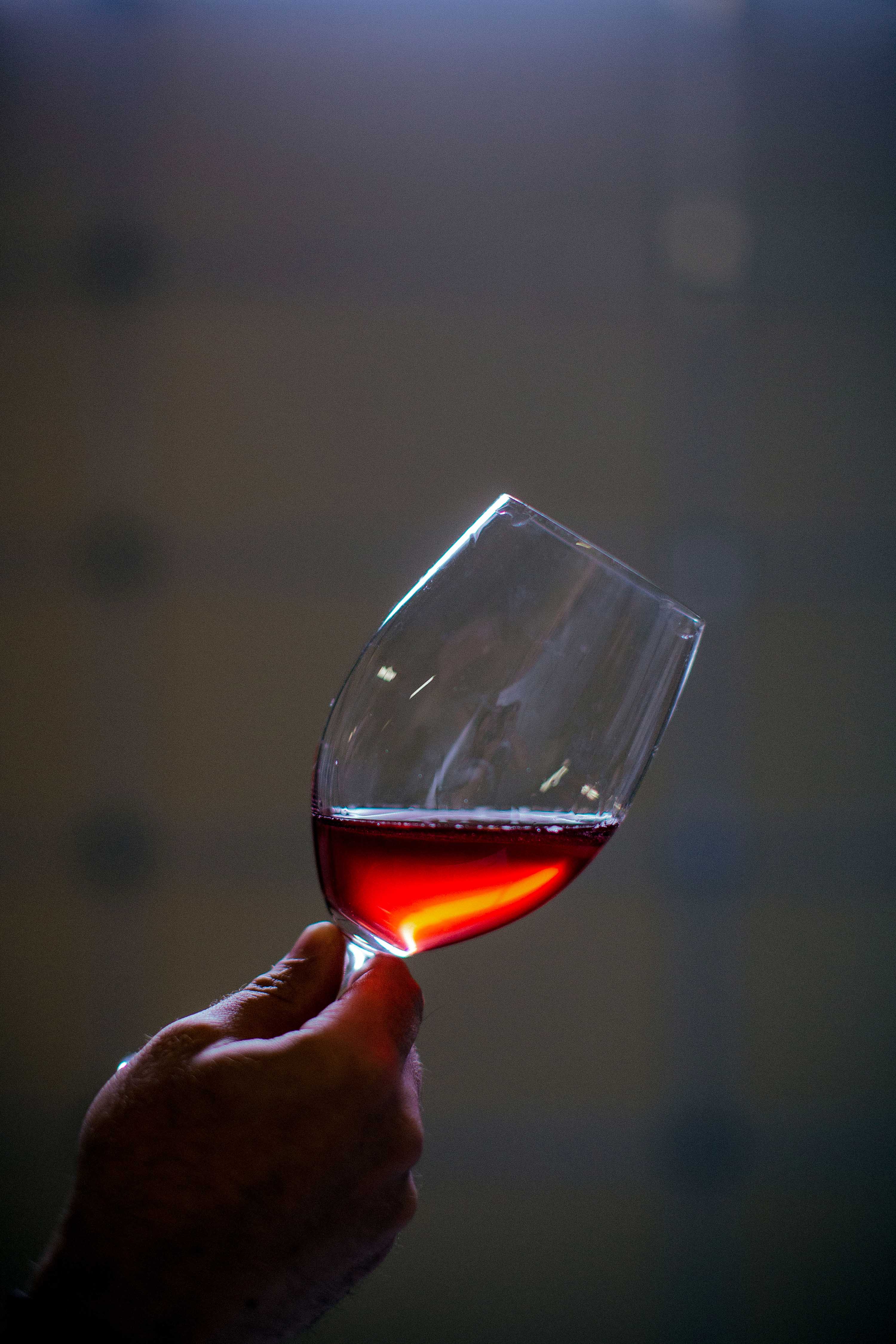Wine, at the root, is a food, and vintners are the ones who process it.
Each product is naturally subject to variance depending on the variety of grapes, the vineyard site and the weather. Those conditions yield the raw material with which wine is made, but the making — the manipulating of the fruit and the juice into a shelf-stable beverage — is what allows us to consume it.
If left untouched, a bucket of grapes will spontaneously ferment, drawing on ambient yeast and natural nutrients in an attempt to preserve itself. But these fermentations can easily go awry, producing flaws or revealing deficiencies, often in the form of the reductive stench of malnourishment or an acetone-like volatility.
Fortunately, winemaking technologies, techniques and chemistry have developed to moderate all of these variables, and wine is delicious and satisfying! Even in a bad year, a vintner can adjust or amend the raw material enough to make wine taste good.
But at what point do consumers, especially those who follow their food back to the farmers, focus on precisely where and how their wine is made?
For Aaron Schwartz, owner of Julian Sinclair Distributing, a Eugene-based distributor of natural wine, cider and beer, the most important aspect of wine is transparency.
“Wine should conjure an image of where it is from,” Schwartz says, “and the less it is manipulated, the more it can show.”
One tenet of natural wine is biodynamic farming, which Schwartz explains by the logic that healthier fruit requires less winemaking intervention because the appropriate nutrients and yeasts are already available as a byproduct of the holistic approach to agriculture.
“This initial approach to the land goes back to the concept of terroir,” Schwartz says, that taste of where the wine is from. “I try to highlight small producers and young Oregon winemakers who are taking this sort of approach to wine. I’m not an ideologue about it, though. A lot of people are trying to make wines as naturally as they can and still make a stable product. The goal isn’t to fit in a box, but it still has to taste good.”
There is, however, no legal or necessarily agreed upon “natural” approach.
Countless books and articles and conversations seem to exhaust the subject, until the next vintage releases another round of experimental bottles with one-off labels. Often these wines appear cloudy or may have clumps of sediment lingering at the bottom because they haven’t undergone a common filtration process.
“I had a guest who thought the tartaric acid at the bottom of a bottle was something bad,” says Ashly Milliot, general manager of Grit Kitchen. “So I ate a little bit of it to show her it was safe and then explained that it was a natural thing.”
“People definitely ask about natural wines, and I think that’s sort of an expectation of what we have here. ‘Indigenous yeast’ is sort of the buzzword,” Milliot says. “And the wines work well with the food,” a seasonally changing menu that reflects the selection of high-quality ingredients.
Exhibiting a similar ethos, Party Downtown proudly displays the names of their partners in food on a large billboard above the kitchen: a panel of local farmers, foragers and purveyors.
Mark Kosmicki, co-owner of Party Downtown and the recently opened Party on Friendly, initially bought only Oregon and Washington wine for the restaurant before incorporating European wines into the list, focusing on “producers with care and respect for the world. Not mass-produced juice.”
“Right now is a cool time for buying natural wines,” Kosmicki says. “There is a new wave of Oregon winemakers and I’m not afraid of uncommon flavors, so long as it doesn’t take over the terroir. There has to be a balance.”
So where is that line?
“You shouldn’t try to pass off bad wine just by saying it’s ‘natural,’ but the meaning is expanding,” Kosmicki says. “Bottom line is that you should want to know as much as you can about things that you consume. Who cares if it’s fashionable? It’s anti-intellectual to call it hipster or trendy.”
So with knowledge must come education.
There are problems with many natural wines, such as sulphuric aromas or a yogurty flavor, and the determination of these flaws can be contentious, but there are also opportunities for exploring new flavors, especially ones which have heretofore been masked.
“Wine is not always what it appears to be,” says Schwartz. “You don’t have to list the ingredients on the label like you do with food. Your best bet is to talk with a wine steward about what it is that you’re drinking.”
Patrick Newson has worked in the wine industry since 2009.

